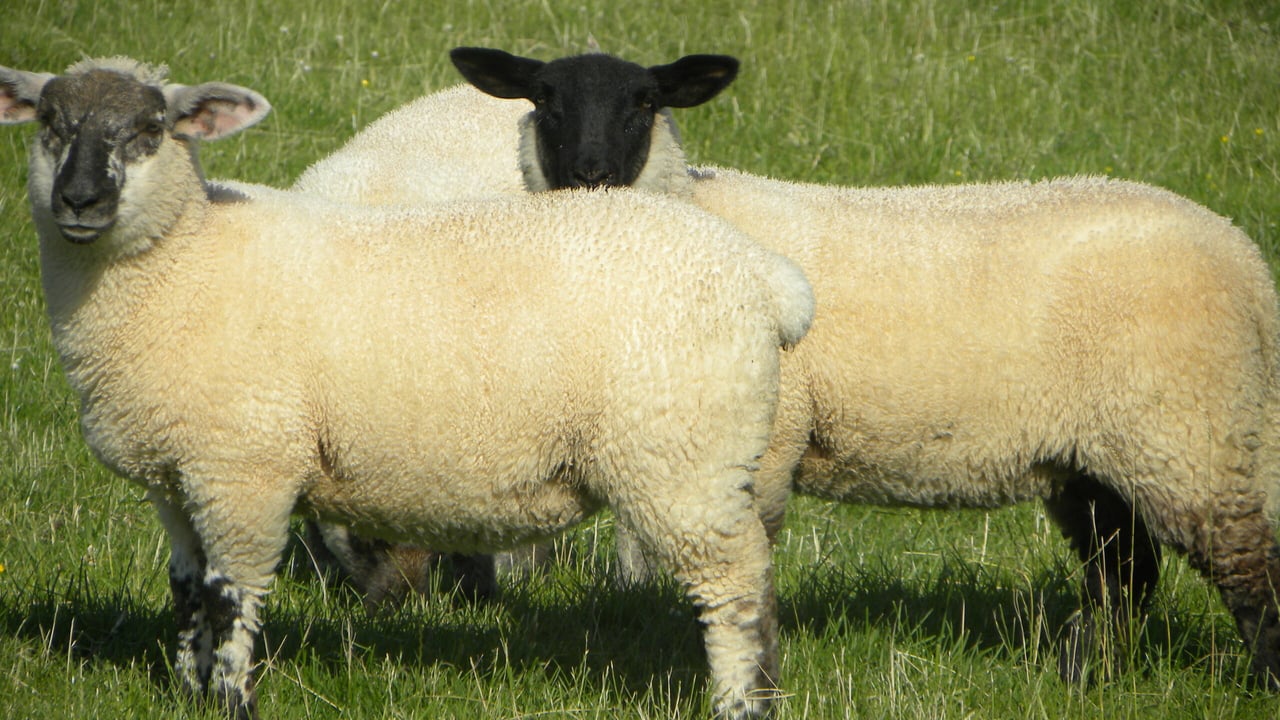Sponsored Article
7 ways to prevent maggots on your sheep farm
Sponsored Article

Outbreaks of blowfly strike or maggots on sheep farms can have a significant impact on the performance of sheep.
1. Use preventative products early in the season
Prevention of blowfly strike is the best form of control. Using targeted blowfly treatments of narrow spectrum products is recommended.
Pour-ons containing the Insect Growth Regulator (IGRs) dicyclanil, such as CLiK® and CLiKZiN® can be used to stop the harmless first stage larvae developing into the harmful second and third stage larvae.
As these are the stages causing damage, when used correctly, an IGR will prevent fly strike. Also by treating early, the first wave of flies to appear do not have the opportunity to multiply which in turn, will reduce the number of flies for the remainder of the season.
2. Correct Use of products
However, it is important to note that these products are specific in their activity, and will not treat prevent 2nd and 3rd stage maggots from causing damage if they are already present.
3. Strategic culling
Evidence shows that hereditary factors may exist. Culling of breeding ewes and rams that are continually struck could be considered.
Culling should also be considered for ewes with deformed genital openings and narrow breeches that result in soiling.
4. Shearing and Dagging
Complete shearing can temporarily reduce the risk of strike, but this risk rapidly increases as the fleece grows.
Ewes can become fly-blown even after shearing. Routine crutching and dagging will reduce the risk of blowfly strike if started at the beginning of the risk period and repeated every four to six weeks.
5. Ensuring adequate worming protocols
Having a good worming strategy in place is important not only for the management of nematodes, but also for the management of fly strike.
Decreasing the amount of scouring will lower the amount of soiled fleece and make the sheep less attractive for flies.
6. Reduce the incidence of footrot
Footrot is one of the main causes of lameness in sheep and signs of it include hoof horn lifting, a foul smell and rotting in the hoof. Reducing this will, inevitably, reduce the incidence of flies among sheep as well as reducing the level of lameness in the flock.
Footbaths are good for mild cases of footrot, but paring and antibiotic treatment may be needed in more severe incidences.
7. Decreasing the number of flies on the farm
This will, in turn, decrease the challenge, and therefore decrease the incidence of blowfly strike. Management strategies can include:
- Removing carcases quickly;
- Early use of CLiK and CLiKZiN has been shown to decrease the number of flies later in the season.
Blowfly strikes occur in waves and fly numbers can increase exponentially through the season.
If the first wave of flies is controlled this will decrease the number of flies later in the season;
- Bottle traps can be used as an indication of fly levels on the farm
Sponsored Article





